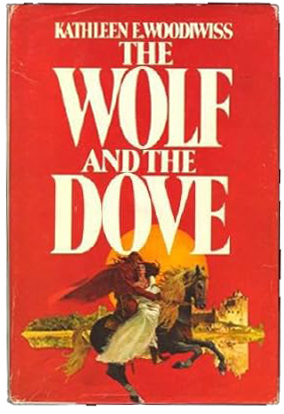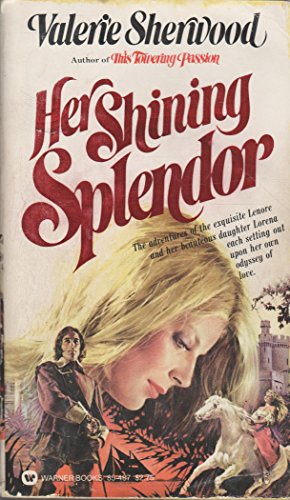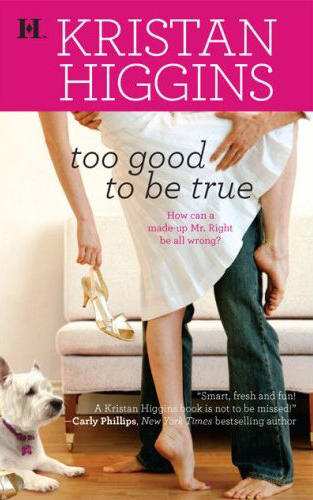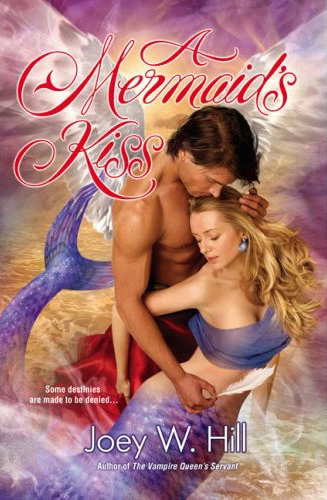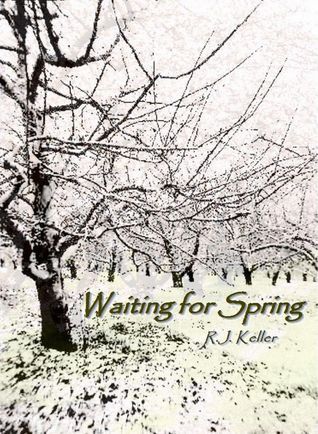Okay, I’m about halfway through The Actor and the Housewife and things have started to become a little clearer.
The actor is clearly in love with the housewife; I don’t believe he is in denial about this, although he puts up a good act. Because he’s an actor. Heh. He’s a nice man.
The housewife is in complete and total denial. On purpose. She’s smart; she knows what’s up. She doesn’t want to deal with it because it’s gonna be nasty messy and painful. That is to say, she’s bored and she’s lonely and she’s completely unappreciated and she’s not getting much in the way of sexual healing from her husband. So handsome clever dude comes along and appreciates her as a woman, and of course it’s gonna go to her head. All the while she’s saying, “I have the perfect husband and I love him so much!” What she needs to do is wake up and tell her husband they need marriage counseling. I don’t excuse her actions. She’s lying to herself. IMO, that’s her biggest sin and she needs slapped.
The husband is … not a creep or a dick or an asshole. He’s lazy. Possibly stupid, but I’m leaning toward lazy. He’s lazy about his marriage. He’s lazy about taking care of his wife. He’s lazy about seeing her value to him as an unpaid (oh, but she gets room and board!) maid, chauffeur, nanny, and for the occasional (I think? He doesn’t seem interested.) sexual favor. Maybe. If she pushes hard enough.
He’s disturbed by her relationship with the actor (who calls every day; tells her he misses her), but he doesn’t notice when she’s trying to be sexy for him and his idea of a romantic evening is sitting on the family room floor after the kids go to bed watching the ten o’clock news and drinking chocolate milk—and that’s AFTER he’s already had his little pout about her friendship with the actor. He never gets really mad and yells at her. He does a couple of really passive-aggressive things to let her know he’s pouting. He can’t even be bothered to manifest his jealousy properly. (Is he that sure of her or does he think she’s not attractive enough? I can’t tell.) Yet he’s not disturbed enough to seduce her or romance her (or take what she offers, for that fact); either he doesn’t know how or he doesn’t see a need. Idiot lazy ass. You deserve to lose your wife to someone who’d sweep her off her feet given half a chance. Oh wait. You already have. Fight for her, you stupid fuck.
This is turning pretty dark with (dare I say it? I shall!) SPARKLES all over it to make it look like it’s all bright and shiny and cute and fun, and that the housewife is the only one with a little problem.
So far it’s shaping up not to be so much the story of her (without doubt) emotional affair with a (IMO) pretty awesome dude who’s head over heels in love with her.
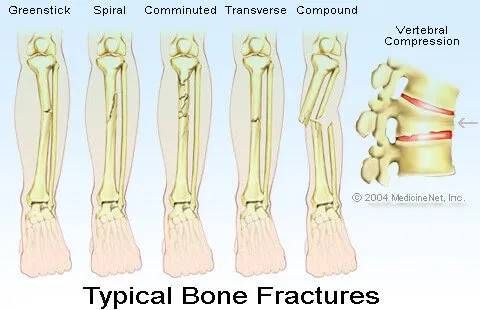 It’s shaping up to be the story of an already fractured marriage that needs the x-ray of aforementioned affair to show it for what it is. It’s not a spiral fracture or a comminuted fracture. It’s not even a clean break. It’s a stress fracture, the kind that gives you twinges of discomfort that you can ignore for a long time until it breaks and you’re like, “I didn’t do anything to it!” But catch it early enough, and all it’ll need to heal is a cast and time and a helluva lot of TLC.
It’s shaping up to be the story of an already fractured marriage that needs the x-ray of aforementioned affair to show it for what it is. It’s not a spiral fracture or a comminuted fracture. It’s not even a clean break. It’s a stress fracture, the kind that gives you twinges of discomfort that you can ignore for a long time until it breaks and you’re like, “I didn’t do anything to it!” But catch it early enough, and all it’ll need to heal is a cast and time and a helluva lot of TLC.
There’s a quiet desperation about it that’s starting to get heartbreaking (I have sprouted tears in a couple of spots). I suspect there are a lot of those kinds of marriages in the church. In a lot of churches. And outside them, too.
And oh, it’s so not chick lit. This is Women’s Fiction with a capital W and capital F. Dark and angsty without letting you KNOW it’s dark and angsty (and the bright perky cover is complicit in the deceit).
If this is where Shannon Hale meant to go without letting the reader figure out where she’s taking you, then I salute her. She’s effing brilliant.
But I haven’t finished it, so I may again change my opinion. I shoulda waited until I was finished, but this is too dense with subtext not to share as I go along. I hope it’s intentional. Dear Sister Hale, please don’t pull a Stephenie Meyer on me. Please. Pretty please.

